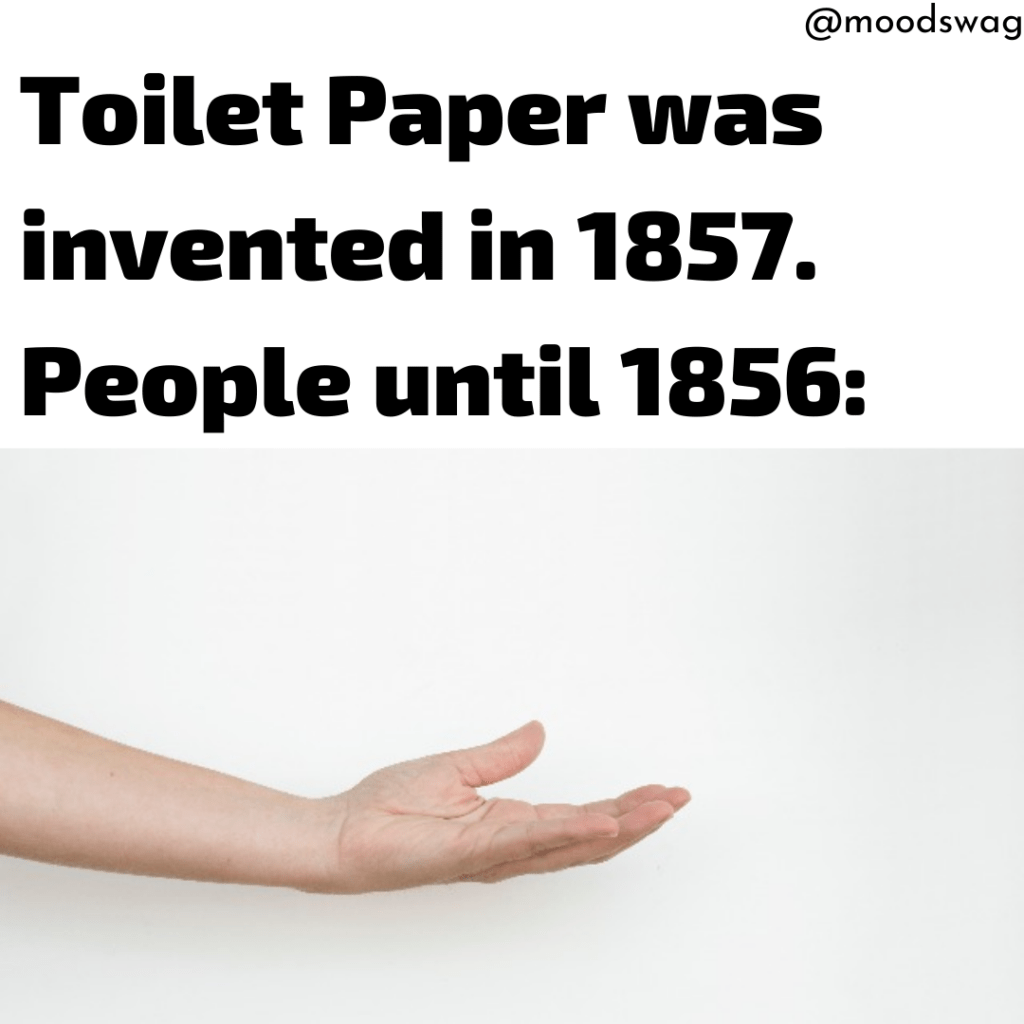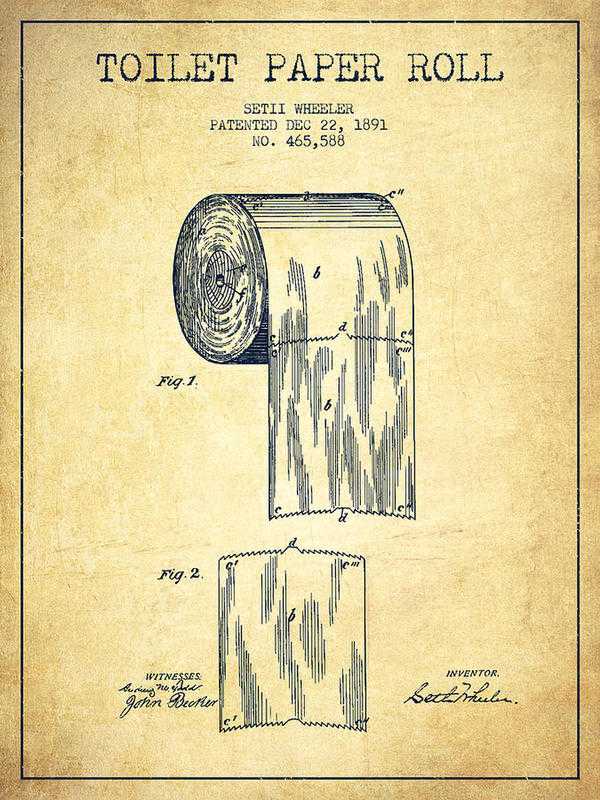This article includes all you need to know about Toilet Paper. It will tell you about its journey from hand to butt.

The humble household essential is toilet paper. Once a product you only thought about buying halfway through your last roll, it’s now sailing off shelves faster than you can say “quarantine.” We’re not here stating the current situation isn’t grave, particularly for our hygiene, but at least we can tell you that people could survive before its invention.
Before the invention, items that were used over the course of history are as follows: leaves or grass, rags, seashells, coconut shells, wool or lace, sponge attached to the end of a stick dipped in brine (also known as Spongia), and Corn Cobs.
As early as the sixth century, the Chinese were using paper to take care of their unmentionables. A reference to the use of paper dates back as early as circa 589 when the scholar-official Yan Zhitui (531–591) wrote:
Paper on which there are quotations or commentaries from the Five Classics or the names of sages, I dare not use for toilet purposes.
During the later Tang dynasty (618–907 AD), an Arab traveler to China in the year 851 AD remarked:
…they [the Chinese] do not wash with water when they have done their necessities, but they only wipe themselves with paper.
During the early 14th century, it was documented that in what is now Zhejiang alone, ten million packages of 1,000 to 10,000 sheets of paper were produced annually. During the Ming dynasty (1368–1644 AD), it was recorded in 1393 that a yearly supply of 720,000 sheets of toilet paper (approximately 2 by 3 ft (60 by 90 cm)) was composed for the general use of the imperial court at the capital of Nanjing. From the records of the Imperial Bureau of Supplies of that same year, it was also documented that for the Hongwu Emperor’s imperial family alone, there were 15,000 sheets of exceptional soft-fabric toilet paper made, and each sheet of toilet paper was perfumed.
The 16th-century French satirical writer François Rabelais, in Chapter XIII of Book 1 of his novel sequence Gargantua and Pantagruel, has his character Gargantua investigate a great number of ways of cleaning oneself after defecating. Gargantua removes the use of paper as ineffective, rhyming that: “Who his foul tail with paper wipes, Shall at his ballocks leave some chips.” (Sir Thomas Urquhart’s 1653 English translation). He presumes that “the neck of a goose, that is well downed” gives an optimum cleansing medium.
In 1857, Joseph Gayetty came up with the first commercially available toilet paper for the first time. It was sold in packages of white sheets that were moistened with aloe.

In 1871, when Seth Wheeler became the first official inventor of Toilet Paper. He filed a patent that included rolled and perforated wrapping paper, much like the one used today. Paper dispensed from rolls was spread when the Scott Paper Company began marketing it in 1890.
The manufacturing of this product had a prolonged period of refinement, contemplating that as late as the 1930s, a business point of the Northern Tissue company was that their paper was “splinter-free”. The broad adoption of the flush toilet developed the use of paper, as the heavier paper was more likely to clog the trap that prevents sewer gases from leaving through the toilet.
Today, toilet paper is used in the amounts of billions of dollars. This pandemic made us witness its panic hoarding. An average American consumer uses 49 rolls of toilet paper in one year. This amounts to 49,000 sheets of toilet paper or around 3 miles in distance.

In many parts of the world, particularly where toilet paper or the necessary plumbing for disposal may be unavailable or unaffordable, it is not employed. Additionally, in many parts of the world, people think of using water as a much cleaner and more sanitary method than using paper.




















